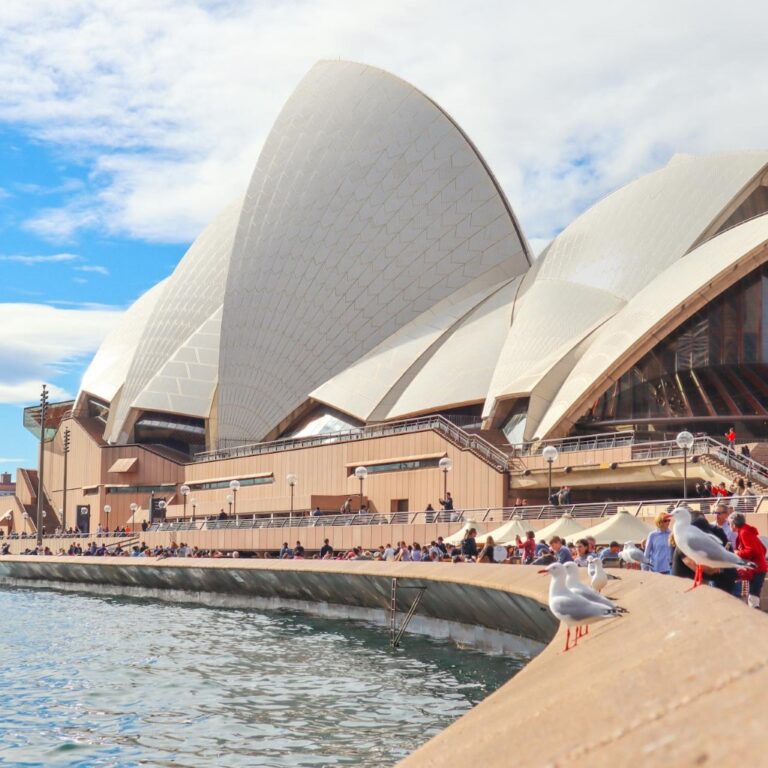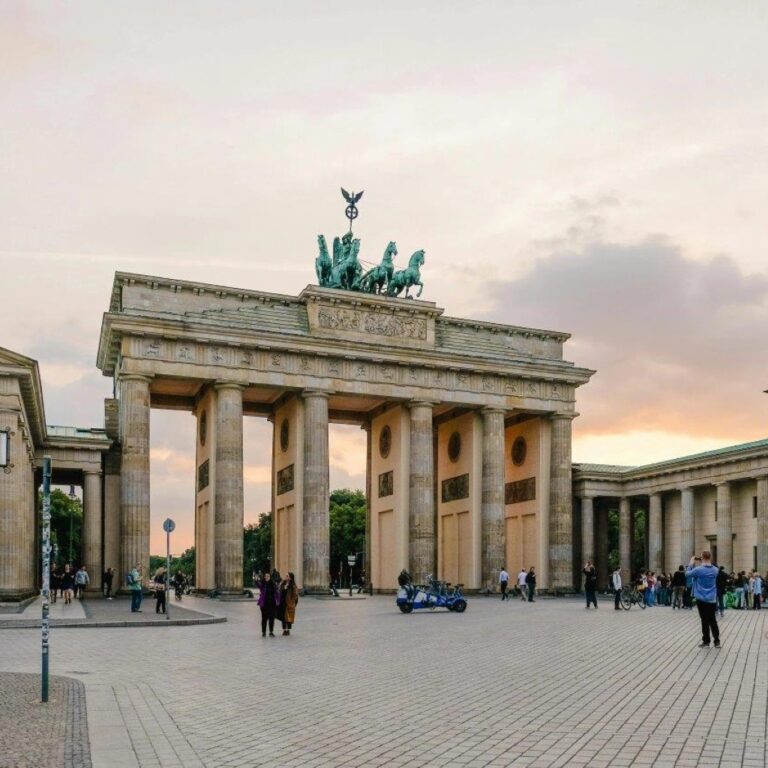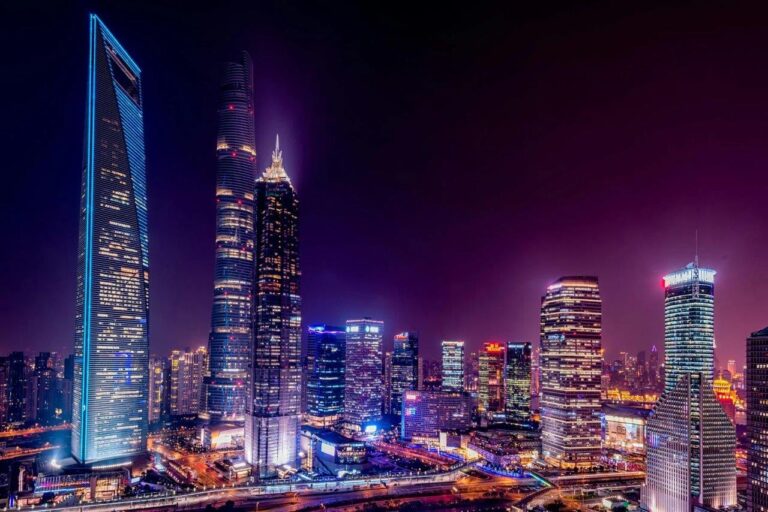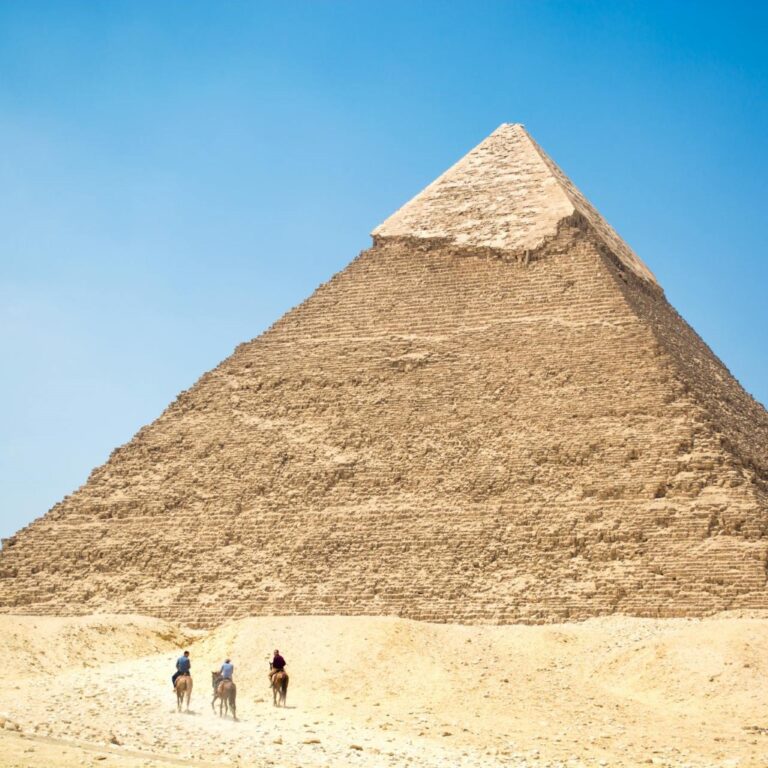The Sydney Opera House was designed by Danish architect Jørn Utzon, whose design was selected from an international competition in 1957.
Construction of the Opera House began in 1959 and was completed in 1973, taking 14 years to build and costing around AUD 102 million.
The Opera House was formally opened by Queen Elizabeth II on October 20, 1973.
The building's distinctive sail-like design was inspired by the natural elements of the Sydney Harbour and the shape of a seashell.
The Sydney Opera House has over 1,000 rooms, including concert halls, theatres, rehearsal studios, recording studios, restaurants, and bars.
The largest venue, the Concert Hall, can seat up to 2,679 people and houses the Sydney Opera House Grand Organ, the largest mechanical tracker-action organ in the world.
The Opera House's exterior is covered with over 1 million glossy white and matte cream tiles, designed to reflect the sunlight and the water of Sydney Harbour.
The structure is supported by 588 concrete piers that are sunk up to 25 meters below sea level.
The Sydney Opera House hosts more than 1,500 performances each year, attracting around 8.2 million visitors annually.
The building was designated a UNESCO World Heritage Site in 2007, recognizing its architectural and cultural significance.
Jørn Utzon never saw the completed Opera House in person, as he resigned from the project in 1966 due to political and budgetary issues.
The Opera House has its own weather station on the roof to monitor the impact of the coastal environment on the building.
The sails of the Opera House are often illuminated for special events and causes, creating stunning visual displays.
The Sydney Opera House is not only a performing arts center but also a hub for creative and digital innovation, offering various programs and initiatives.
The building has undergone several renovations and upgrades to improve its facilities and ensure its preservation for future generations.



